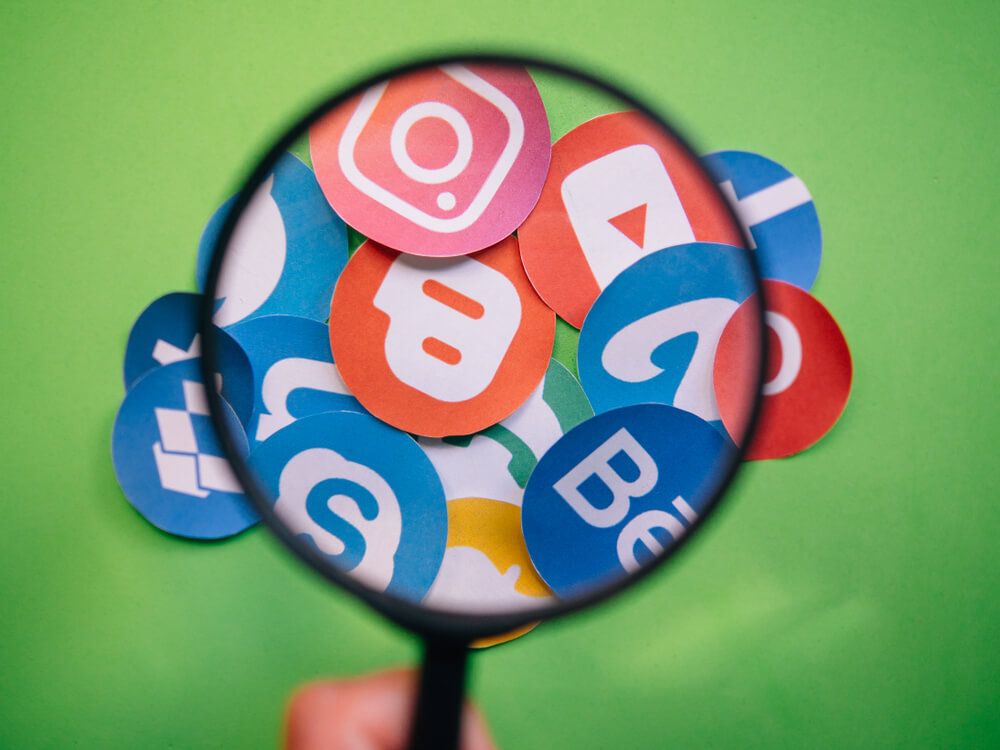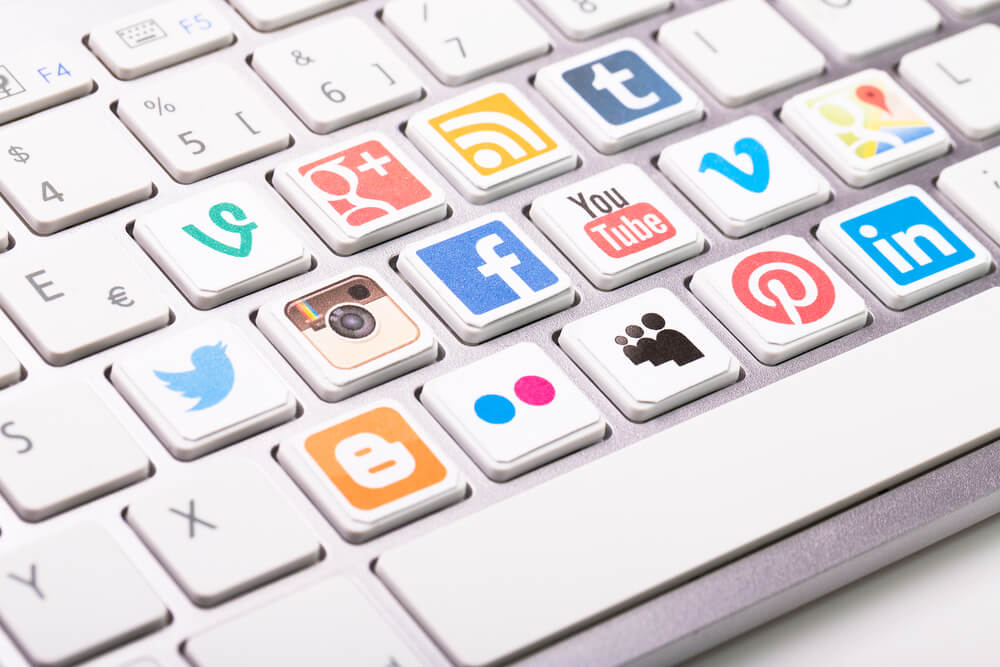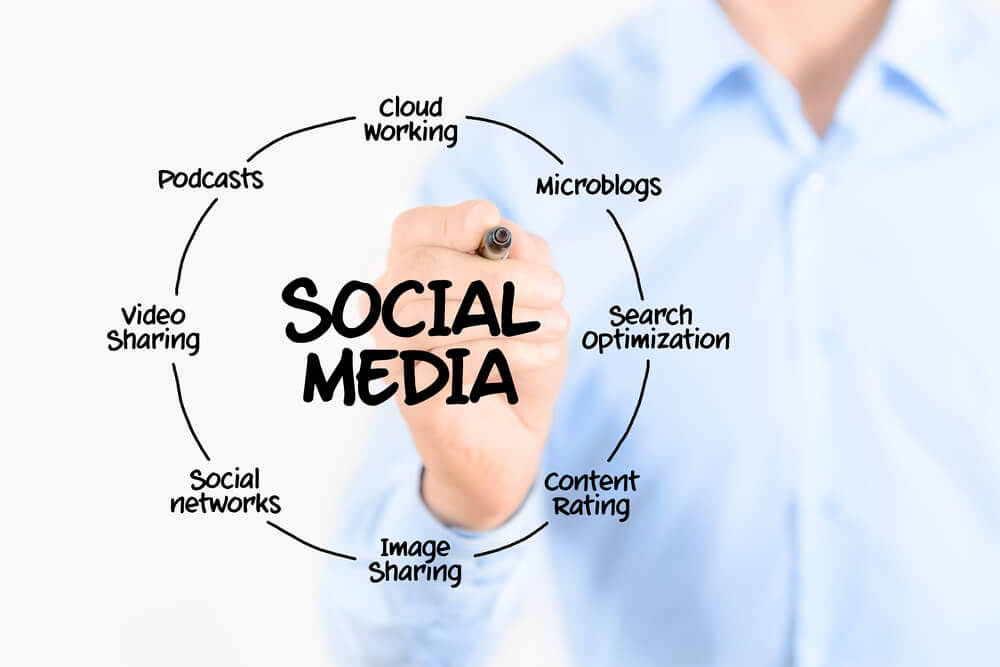
How To Use Social Media Marketing in the Healthcare Industry
Social media has become an essential tool for healthcare digital marketing. Medical providers use these channels to disseminate educational content and increase engagement.
This article discusses many points regarding social media marketing for healthcare:
- Understanding social media’s role in healthcare
- Setting clear social media objectives
- Creating relevant and engaging content
- Leveraging different social media platforms
- Engaging with the online community
- Using multimedia content
- Measuring success and adjusting strategies
Ready to explore the best practices in social media marketing? Let’s go!
Are you looking for help with marketing your healthcare business? Watch the video below to learn our approach to healthcare marketing and why 150+ healthcare companies have chosen Digital Authority Partners to help them generate more leads and patient appointments.
Understanding Social Media’s Role in Healthcare
Social media modernizes healthcare by improving how patients access medical information. Understanding its benefits also helps transform your service to enhance user experience.
Here are various ways social media shapes healthcare services:
- Medical organizations use Facebook and Instagram to share health tips, spread awareness about health issues, and educate the public.
- Patients engage with healthcare professionals and communities. The interaction fosters a sense of community and helps patients feel less isolated.
- Many public health campaigns leverage social media reach for various benefits. Examples are promoting healthy behaviors, increasing vaccination awareness, and providing disease prevention strategies.
- Healthcare professionals use LinkedIn and similar sites to connect and stay updated on industry trends. These platforms also promote professional development.
- Researchers often mine social media data to gather insights into public health trends and sentiments. The information illustrates public perceptions about specific diseases or treatments.
These points highlight the substantial influence of social media in healthcare. The benefits, such as information sharing and patient engagement, innovate the industry.
Setting Clear Social Media Objectives

Clear and measurable goals maximize your presence on social media platforms. They also help improve the spread of your information by defining your target audience and giving you metrics to track the content’s performance.
Here are tips for establishing these objectives:
- Define your overall goals. Do you want to increase patient education, improve brand awareness, or provide customer support?
- Make your goals specific, measurable, achievable, relevant, and time-bound (SMART). For instance, increase patient engagement by 30% in three months.
- Identify and understand your audience. Tailor objectives to address your patient’s specific needs and preferences.
- Align all objectives with healthcare regulations and patient privacy guidelines.
- Match the goals and the type of content you plan to share. Examples are informative articles, patient stories, infographics, or live Q&A sessions with healthcare professionals.
- Identify key performance indicators (KPIs) to measure the objectives. These include likes, shares, comments, click-through rates, and conversions.
- Track progress regularly. Analyze data for objective assessment and adjust your strategies based on the results.
- Coordinate efforts across different departments for a unified and effective social media strategy.
Setting clear social media objectives enables you to effectively reach and engage the audience. It also allows you to adhere to regulatory standards while solidifying your online presence.
Creating Relevant and Engaging Content
Your social media content must be engaging to effectively communicate vital healthcare information. Here are some guidelines to ensure your content remains relevant and appealing:
- Simplify complex healthcare topics. Break them down into easily digestible pieces.
- Use visually appealing graphics and videos to convey essential messages.
- Humanize your services through stories and testimonials. Feature patient stories to add relatability to your content.
- Showcase the range of your healthcare services. Highlight any unique or advanced technologies you use and specialties.
- Provide practical health tips for maintaining a healthy lifestyle. Address common health concerns and offer preventive measures.
- Take the audience behind the scenes. Introduce your team, discuss a day in the life, and share events.
- Promote awareness campaigns and community outreach initiatives. Use hashtags related to these events to increase visibility.
Crafting relevant and engaging social media content means balancing being informative, entertaining, and visually appealing. This strategy provides the best user experience for your patients.
Leveraging Different Social Media Platforms
Different social media platforms present healthcare-related content in distinct ways. Understanding their strengths optimizes your copy’s online visibility and enhances marketing impact.
Here are popular social media channels and how to use them for digital healthcare marketing:
- Facebook: Facebook’s strengths lie in community engagement. Create a dedicated page where your followers interact. Launch Facebook Groups to build niche communities.
- Instagram: Use Instagram for visual storytelling and brand positioning. Share visually appealing materials such as infographics through Instagram Stories for easily digestible content. Include hashtags to increase discoverability.
- X (Twitter): As a real-time platform, it is excellent for quick updates and customer service. Respond promptly to inquiries and immediately address concerns. Participate in relevant healthcare conversations using trending hashtags.
- LinkedIn: The website improves your industry authority. Connect with other healthcare professionals, share valuable insights, and showcase your expertise.
- YouTube: Create and share educational healthcare videos. Use YouTube Live for interactive sessions such as Q&As with healthcare professionals.
Tailoring content based on the platform’s strengths increases online visibility, grows your brand, and lets you reach a diverse audience.
Engaging with the Online Community

The online healthcare community is where patients and professionals converge to exchange information and share insights. Here are some strategies to effectively engage with users:
- Maintain active and professional profiles on popular social media platforms. Share relevant and informative content. Improve two-way communication by responding promptly to comments and messages.
- Run interactive campaigns to encourage community participation. Incentivize members to share their experiences and engage in discussions.
- Host live Q&A sessions with healthcare professionals to address real-time community queries.
- Create online forums or groups where community members can share experiences. Participate actively to build trust and credibility toward your healthcare services.
- Encourage patients to share their experiences on social media or review platforms. This is crucial in building trust. It also positively influences your efforts.
- Conduct webinars and online events on healthcare topics. Invite experts to discuss specific medical issues, treatment options, or advancements.
- Leverage healthcare-specific platforms and apps to connect with the community. These include telehealth, virtual consultations, or health monitoring apps.
- Comply with healthcare regulations, such as the Health Insurance Portability and Accountability Act of 1996 (HIPAA). Reassure your patients about the security of their health information.
Effective online engagement requires consistency and transparency. It also demands a genuine commitment to providing valuable information and support to the community.
Using Multimedia Content
Multimedia content reshapes digital healthcare delivery. It is the key to unlocking a richer, more interactive, and more patient-centric experience.
Here are some tips for implementing this in your social media strategy:
- Create informative videos to explain medical conditions, treatment options, and preventive measures. Upload them on your website or share them through social media.
- Use multimedia during remote consultations to enhance communication. Share images or explainer videos when discussing medical conditions or treatment plans.
- Develop training modules for healthcare professionals to enhance their skills and knowledge. Add interactive content for effective information dissemination.
- Create instructional videos for patients undergoing physical therapy. These can guide patients during exercises and teach proper recovery techniques.
- Share expert discussions and interviews on health and wellness through podcasts. They offer a different way of consuming content.
- Develop interactive multimedia content to help patients understand medical imaging results. Incorporate annotations and explanations in MRI results and CT scans.
- Present visual health data from wearables and monitoring devices. Graphs and charts help patients better understand trends and make informed decisions.
- Leverage artificial intelligence to enhance various aspects of healthcare-related multimedia. These include medical imaging, diagnostics, patient education, and more.
Multimedia in healthcare improves patients’ online experiences by catering to their different content needs and preferences.
Measuring Success and Adjusting Strategies
Measuring social media strategies allows you to optimize their influence. The data is also valuable for improving content marketing and healthcare delivery.
Here are some critical considerations for evaluating healthcare digital marketing performance:
- Clearly outline your social media goals. Identify priorities for increasing awareness, educating the audience, or driving traffic.
- Identify and track relevant KPIs, such as reach, engagement, and conversions. Metrics such as sentiment analysis and brand mentions are also valuable.
- Understand your audience demographics and interests. Social media platforms provide analytics tools to help you gain insights.
- Monitor trending healthcare topics and conversations and tailor content for relevance.
- Track how well your content complies with healthcare regulations.
Additionally, follow these tips for adjusting your social media strategies:
- Regularly analyze content performance. Identify high-performing posts and understand the elements contributing to their success. Conversely, evaluate low-performing content and determine areas for improvement.
- Pay attention to audience feedback and comments. Use them to refine your content strategy.
- Adjust your plan based on algorithm and feature updates. For instance, create more videos if the platform prioritizes such content.
- Experiment with posting frequency and timing to find the optimal schedule. Consistently publishing is essential, but identifying the best posting times maximizes content visibility.
- Collaborate with healthcare influencers and professionals. Networking broadens your reach and provides fresh perspectives for content creation.
Measuring social media performance helps you adapt quickly to shifts in patient preferences. It also keeps healthcare content informative, accurate, and reliable. Most importantly, it enhances user experience by using data to match your content to patient needs.
Summing Up
Using social media for healthcare digital marketing establishes a positive online presence for your practice. The platforms help educate and engage people until they are ready to convert.
Interested in improving your healthcare social media plan? Contact Digital Authority Partners now to schedule a free consultation.
Want To Meet Our Expert Team?
Book a meeting directly here




